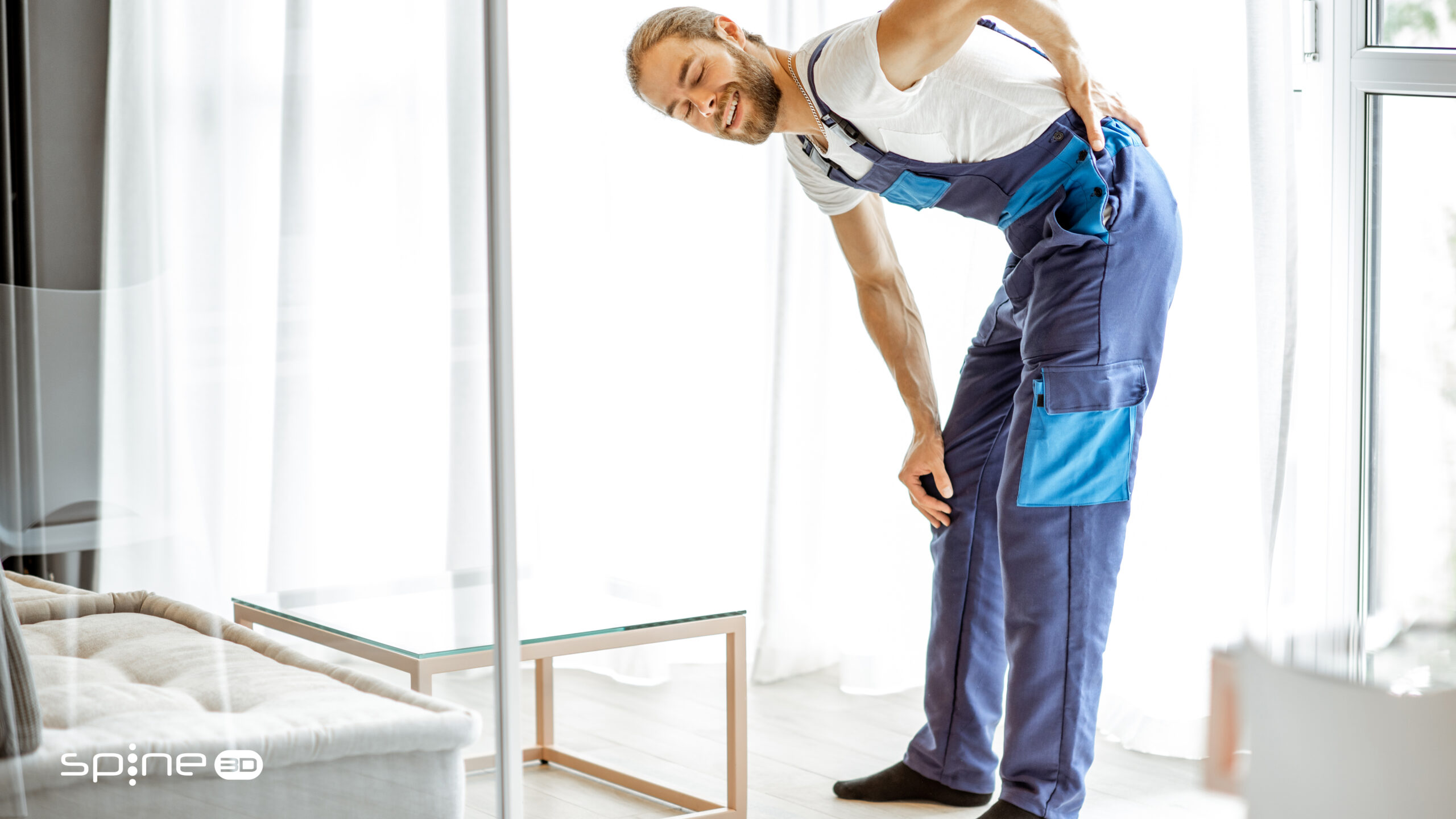
Back pain and heavy work
- admin
- December 21, 2022
- Posture, Work
- Heavy, Invertebral disc, Limbs, Nerves, Weight, Work
- 0 Comments
Let us talk today about the correlation that there is – and is frequent – between back pain and heavy work. Excluding, of course, degenerative causes, we can say that back pain arises due to purely mechanical causes. It is in fact linked to the interaction between bones, muscles and nerves. You don’t need to go through some sector study to notice (or simply realise) that those who do particularly heavy work (for example, those who are subjected to excessive strain or have to perform a series of repetitive movements) often have back pain problems or again hernias or scoliosis. All problems closely related to posture and overload issues.
Incorrect posture (and here we are really talking about posture at three hundred and sixty degrees, when sitting, when standing, but also when sleeping) causes increased pressure on the intervertebral discs. The consequence is wear on these discs and, of course, the unpleasant sensation of pain. Exertion is not only a problem for people doing heavy work. Being sedentary, in fact, clearly aggravates the consequences of bad posture. After all, an untrained spine and unready, weakened muscles are unable to adequately support the spine and the weight of the body.
To this we must add stress, which is responsible for muscle tension and stiffness. The pain that results from a muscle contraction is the direct cause of further contractions. A chasing problem that essentially makes back pain worse. This then leads to inflammation of the nerves, and the problem, which is localised at first, quickly spreads, involving shoulders, neck, but also arms and legs, reaching as far as the head.
Some tips for people doing heavy work

How can we get around certain problems if we do (regularly or occasionally) heavy work? The first ‘rule’ to bear in mind is that the weight should be placed on the lower limbs, not on the spine. The best position to hold when lifting weights is with the legs slightly apart, so that the load is evenly distributed over both limbs, keeping the back as aligned as possible. This way, the natural curves of the body are not altered.
Flexing the back when bending over is always wrong. The correct way to flex is to bend at the knees in a squatting position, or to position yourself directly on your knees.
Of course, it is always inadvisable to lift excessive weights (there are special machines or tools for this), but sometimes it is necessary. One must avoid bending the back while keeping the legs stiff and straight. The correct way is to bend the knees and lift with the legs, taking care to keep the weight as close to the body as possible. Weight bearers must also pay attention to certain details. Never overload only one side, as this will strain the invertebral discs in a non-symmetrical manner. Ideally, the weight should be distributed on both sides. We should also be careful when pushing a heavy object. Here again, the force we must use is that of the legs, without bending the back in an unnatural way.
If we have a problem?

Of course, despite all precautions, back pain may still occur. Besides the advice to rest and avoid other efforts, the main suggestion is always to consult a specialist and follow his or her advice. By the way, today with Sensor Medica technology, thanks to Spine 3d we can do examinations in complete safety. Health first. Take care of yourself.






